Between 2014-2015, TCAT worked with Dr. Raktim Mitra at Ryerson University and Dr. Paul Hess at the University of Toronto on “Understanding Complete Streets in the Greater Golden Horseshoe (GGH) Region”, a research project funded by the Places to Grow Implementation Fund to develop tools aimed at improving the capacity of GGH municipalities to plan and evaluate transportation infrastructure, particularly around active transportation.
During the first phase of work, the research team developed a catalog of examples that illustrates how the notion of Complete Streets is being applied as part of Growth Plan policy implementation in 19 GGH municipalities. The catalogue was released on December 18, 2014 (and again, with minor updates, on January 26, 2015 and March 16, 2015) and is available either on-line (below) or as a downloadable PDF. During the second phase the research team produced a Complete Streets Evaluation Tool, released on March 19, 2015 as a downloadable PDF, listing 21 performance indicators to assess the effectiveness of Complete Streets projects.
Greater Golden Horseshoe Complete Streets Catalogue
| Location | Project Name | Fully Implemented | Transit Improvement | Road Diet | Cycling Improvement | Pedestrian Improvement | Traffic Calming | Streetscaping | Accessibility Improvement | Project Detail | Case Study |
|---|---|---|---|---|---|---|---|---|---|---|---|
 |  |  |  | 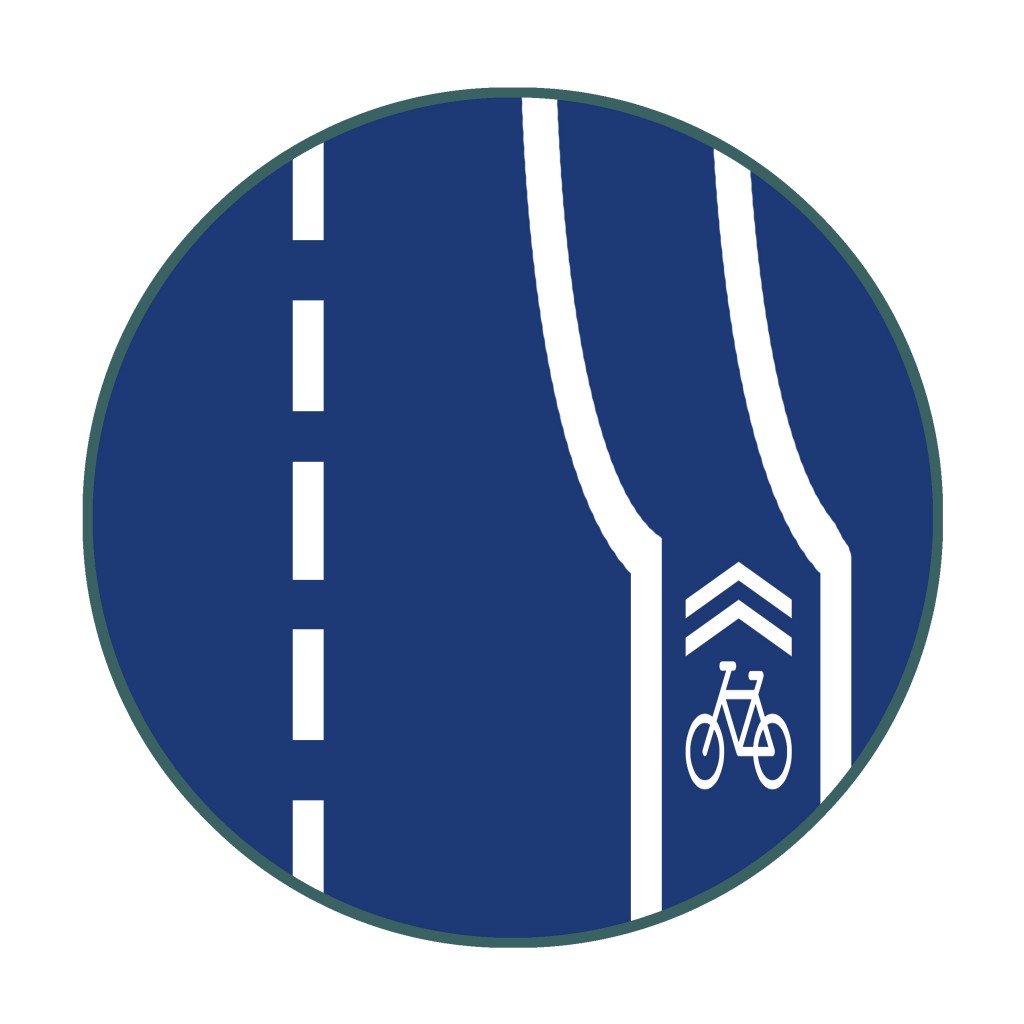 | 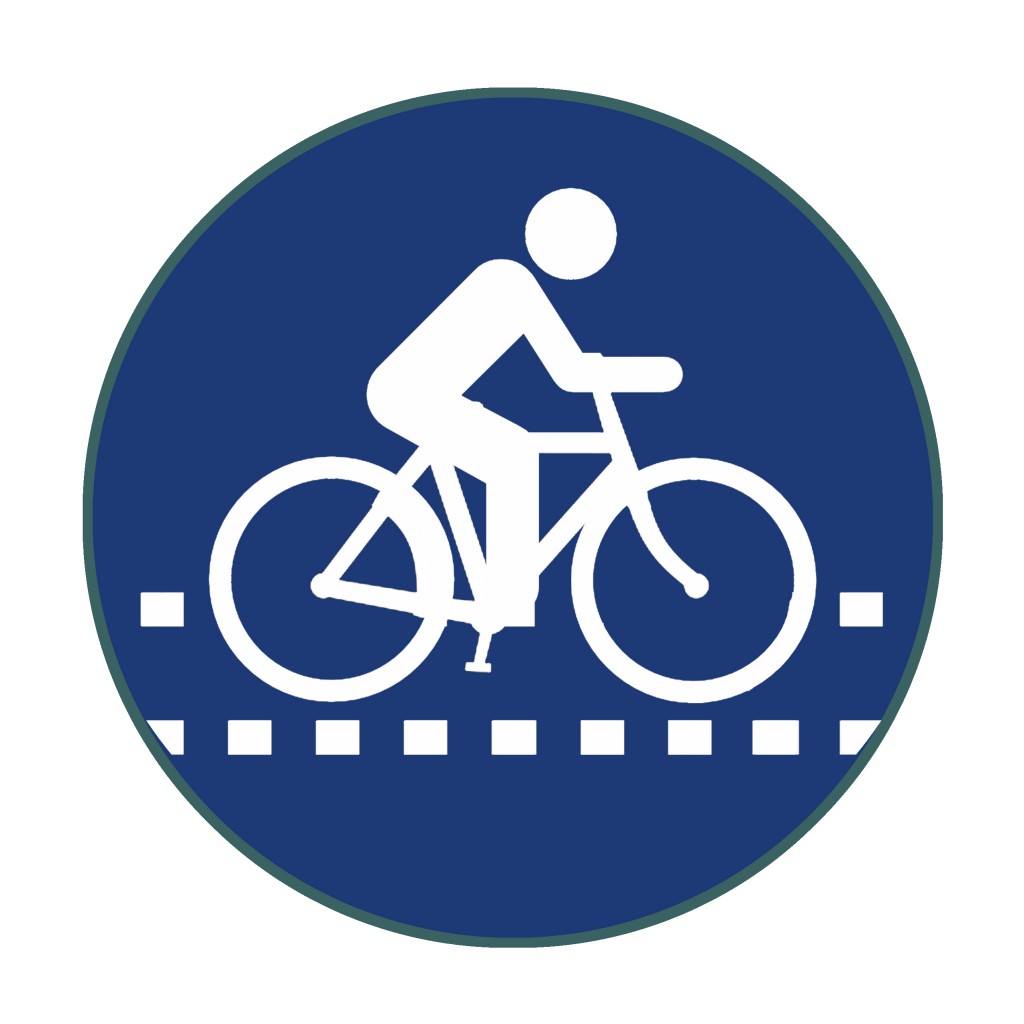 | 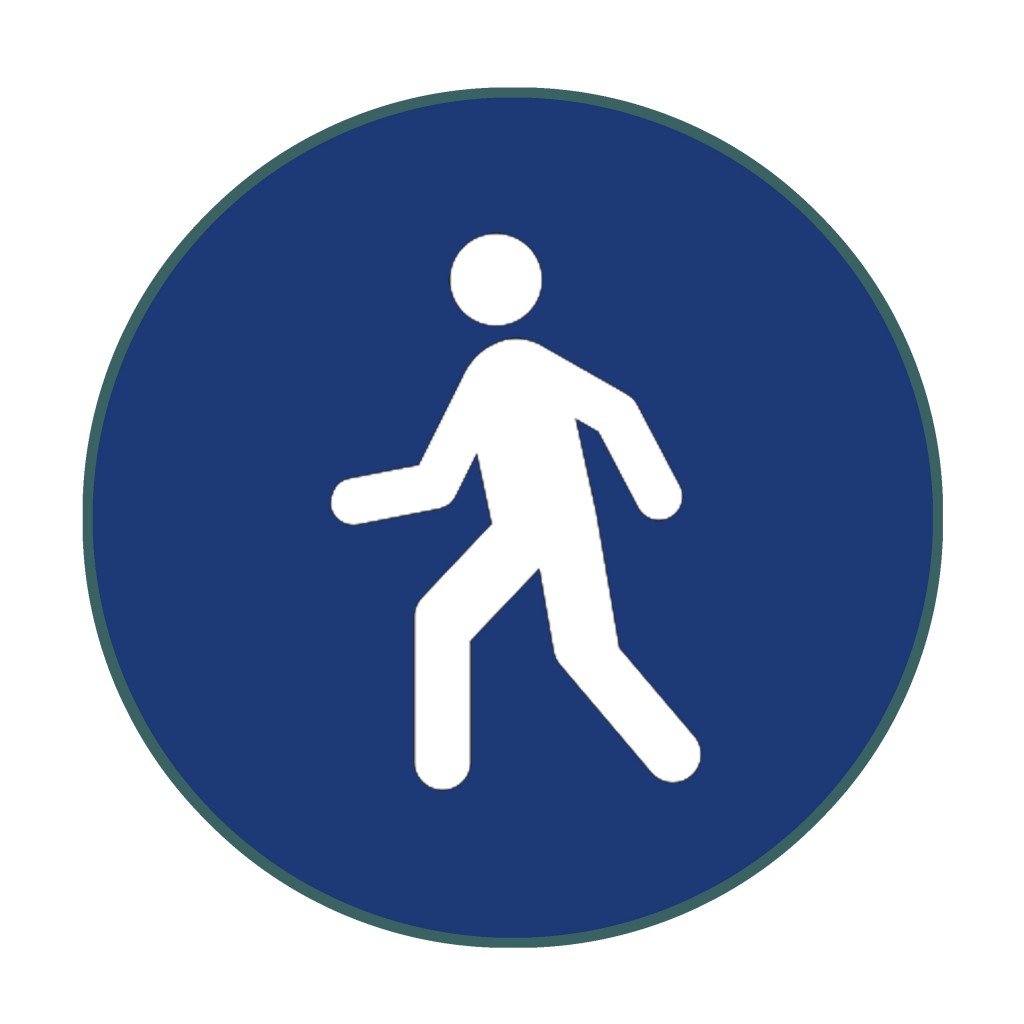 | 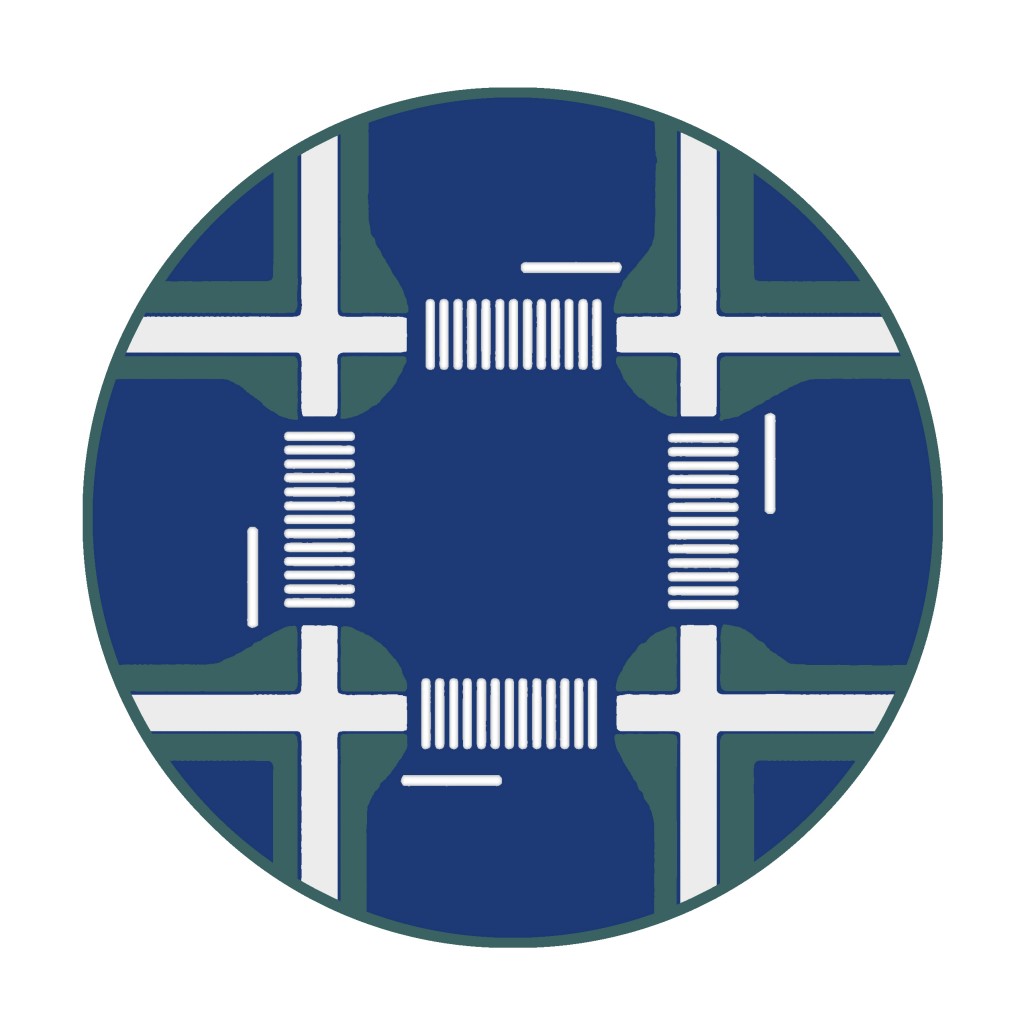 | 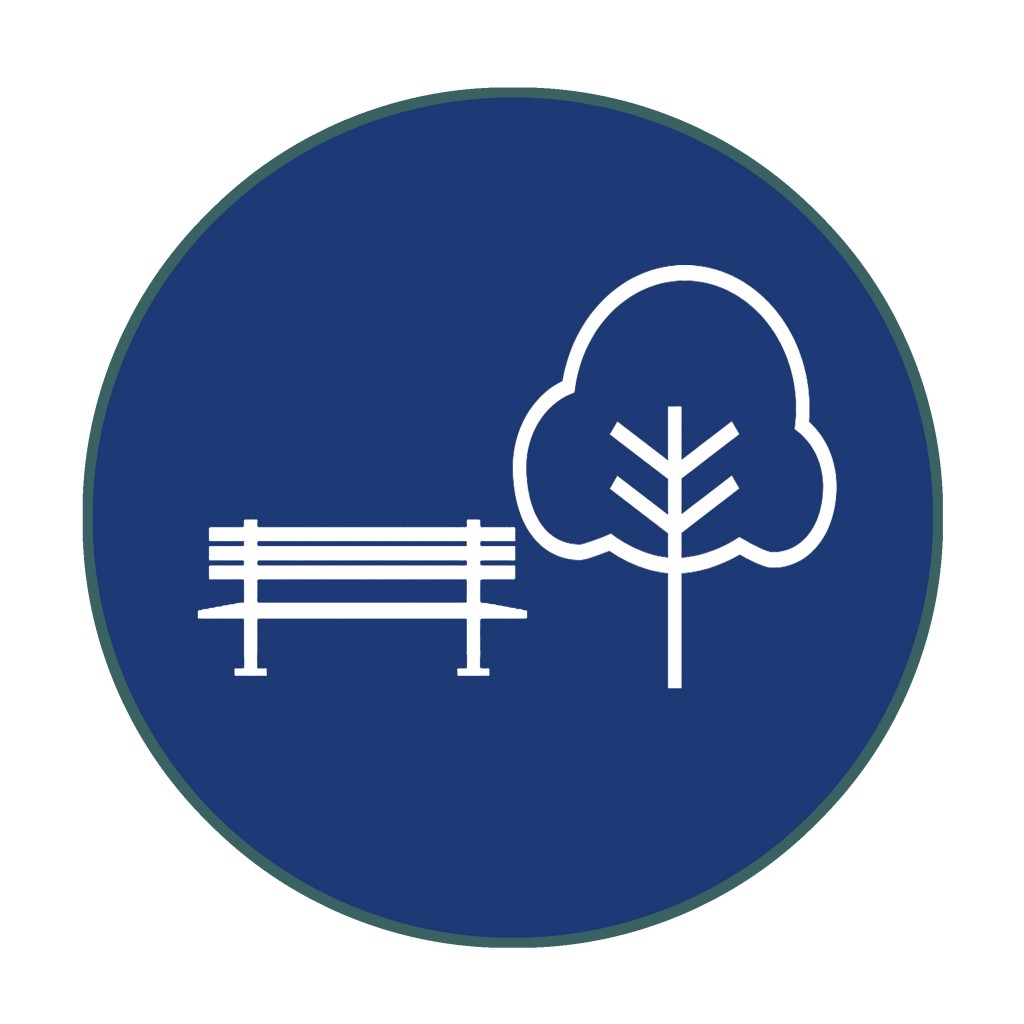 |  |  |  |
| Town of Ajax | Williamsen Drive | ✓ | See detail | ||||||||
| City of Barrie | Dunlop Street East | ✓ | ✓ | ✓ | ✓ | See detail | |||||
| City of Brantford | Shellard Lane | ✓ | ✓ | ✓ | ✓ | ✓ | ✓ | See detail | See detail | ||
| City of Burlington | Plains Road | ✓ | ✓ | ✓ | ✓ | See detail | |||||
| City of Cambridge | Grand Avenue | ✓ | ✓ | ✓ | See detail | ||||||
| City of Guelph | College Avenue | ✓ | ✓ | ✓ | ✓ | ✓ | See detail | ||||
| City of Hamilton | Cannon Street | ✓ | ✓ | ✓ | ✓ | See detail | See detail | ||||
| City of Markham | Highway 7 | ✓ | ✓ | ✓ | ✓ | ✓ | ✓ | See detail | |||
| City of Mississauga | Square One Drive | ✓ | ✓ | ✓ | ✓ | ✓ | See detail | See detail | |||
| Town of Newmarket | Yonge Street | ✓ | ✓ | ✓ | ✓ | ✓ | See detail | ||||
| City of Oshawa | Mary Street | ✓ | ✓ | ✓ | ✓ | See detail | |||||
| City of Peterborough | Mary Street | ✓ | ✓ | ✓ | ✓ | See detail | |||||
| City of Toronto - Downtown | Simcoe Street | ✓ | ✓ | ✓ | ✓ | ✓ | See detail | See detail | |||
| City of Toronto -Etobicoke | Six Points Interchange | ✓ | ✓ | ✓ | See detail | ||||||
| City of Toronto -North York Centre | Esther Shiner Blvd | ✓ | ✓ | ✓ | ✓ | ✓ | ✓ | See detail | |||
| City of Toronto -Scarborough Centre | Port Union Road | ✓ | ✓ | ✓ | ✓ | See detail | |||||
| City of Toronto -Yonge-Eglinton | Eglinton Connects | ✓ | ✓ | ✓ | ✓ | ✓ | ✓ | See detail | |||
| City of Vaughan | Apple Mill Road | ✓ | ✓ | ✓ | See detail | ||||||
| City of Waterloo | Davenport Road | ✓ | ✓ | ✓ | ✓ | ✓ | ✓ | ✓ | See detail |
Location | General Description | Street Context | Traffic | Transit | Cycling | Pedestrians | Accessibility |
|---|---|---|---|---|---|---|---|
Town of Ajax | Williamsen Drive (Ravenscroft Road to Harwood Avenue for the western portion; Thackery Drive to Audley Road for the eastern portion) is an upcoming project that will connect a school, a community centre and residential uses. This approach was driven by the 2010 Transportation and Bicycle Master Plan, which prioritizes safe and active connections. | Minor Arterial | • On-street parking redirected to one side of the street only. This allows for a right-of-way that accommodates for a better balance of transportation modes. Lanes were narrowed for this same reason. • 2 traffic lanes, with left turn lane removed at several segments to allow for a wider right-of-way. • Posted speed is 50km/h. | Regular bus service along the road connects to a nearby GO Station. | • Conventional bike lanes together with a painted buffer where right-of-way allows. • Bike lanes exist alongside an off-road multi-use trail along some sections. Staff decided to make the bike lane continuous rather than divert cycle traffic to the multi-use trail for these sections. This was done in the interests of maintaining a continuous bike network. • A Safe Routes to School partnership with local schools is ongoing to promote safe and active routes to school in engaging ways. | New sidewalk installed one one side of the street during a resurfacing. This street previously did not have sidewalks, making this project an important step in providing safe routes for all modes. | New sidewalks improved accessibility options. |
City of Barrie | Dunlop Street East street improvements occur between Wallcaster Street and Toronto Street. A design-driven initiative so far to enrich the public realm and enhance placemaking. The parking lot parkettes are a big component of this. Other elements contingent on future phases. | Major Arterial | The abundance of parking along the segment led to strategic uses of parking lane spaces. Existing conditions include: • 2 traffic lanes and 2 parking lanes • Posted speed limit of 40km/h • The City is exploring options to further re-purpose traffic lanes for expanded public realm use (e.g. pedestrian streets). | No transit running directly along the street but, connections to transit nodes are present at several points. | Exploring options in future phases | This project implemented a series of “patio parkettes” on parking spaces. A pilot of this approach was very successful, so it is now being implemented on an ongoing basis. Streetscape and pedestrian features include: • Pedestrian scrambles • Expanded use of zebra crossings • A suite of character pavers, planters and street furniture • Seasonal “patio parkettes” installed in parking spaces | Street will be outfitted with the following accessibility improvements in future phases: • Gripping domes • Textured ‘shoulder’ for the sidewalk to improve accessibility and navigation. |
City of Brantford | Shellard Lane is an ongoing project (from Veteran’s Memorial Parkway westward past Mcguiness Drive) that builds capacity for all modes of travel. The project anticipates future growth in the area and is an important connection between a school, open spaces and the surrounding neighbourhood | Minor Arterial | • 4 traffic lanes converted to 2 traffic lanes and a left turning lane. • Posted speed is 50km/h • Signalized two intersections • Intalled VAX signs to prompt drivers who exceed the posted speed limit | Intermittent bus service | • Sidewalk widening to accommodate bikes and pedestrians. • Paved off-street multi-use trail on one side of the street • Sidewalk on other side of street. • On-street markings at intersections to signal to drivers the presence of other modes crossing from the boulevard trail. | • Additional crosswalks with on-street markings installed • Sidewalk widened by 1M larger than standard. • Installed large medians with fences to discourage mid-block crossings in unsafe areas. | Attempted gripping textures (domes) for other projects in the City, but some durability issues arose. Gripping domes were breaking off in other projects so this type of approach was not used here. |
City of Burlington | Plains Road (King Road to Francis Road) is a section of an ongoing retrofit project that is working toward a better balance between modes of travel. Given the large scale of the project, it is divided into seven phases. Plains Road is a part of a city-wide strategy to coordinate road resurfacing work with bike infrastructure improvements and streetscaping upgrades. While Plains Road is constrained in terms of its right-of-way, other projects in the City have implemented painted green conventional bike lanes where space allows. See this TCAT Case Studylooking at other sections of Plains Road. | Major Arterial Designated as Multi-purpose arterial in the OP | • 4 traffic lanes • Posted speed limit was reduced from 60 – 70km/h in some sections to 50km/h. | One of the busiest regular routes operates along this street. | Bike improvements included a widened shoulder with painted edgelines. This functions similar to a conventional bike lane but is not an official bike lane as its 1.5M width is short of the 1.7M standard. Other upcoming sections along Plains Road will explore the potential of narrowing traffic lanes to achieve the full 1.7M for bike lanes. | More comprehensive streetscaping and urban design planned for future stages. Improvements currently implemented include: • Widened sidewalks • Pedestrian refuge islands • Crosswalks using distinctive on-road character paint designs. • Trees and planters • Street furniture • Design guidelines encourage an active ground floor. • Lay-by parking buffers pedestrian realm from traffic. | Forthcoming with more detailed public realm improvements. |
City of Cambridge | Grand Avenue (Cedar Street to Park Hill Road E) was realized through a collaborative process. In order to minimize impact to parking, cycling infrastructure planned for a regional road was moved to a calmer parallel municipal street with a wider right-of-way. Provides a connection between key destinations and cultural institutions. | Collector | • Removal of on-street parking was implemented in phases to ease the transition. • Posted speed is 50 km/h • 2 traffic lanes with centre left turn lane | Regular Bus Service | Conventional bike lanes. Investigating bike boxes and intersection features going forward. | • Crosswalk zebra stripe markings at controlled intersections • Connects to the Trans-Canada Trail using wayfinding signage. | |
City of Guelph | College Avenue West (between Janefield Avenue and Edinburgh Road) is a project that acts as an important East-West cycling connection. Guided by the Bicycle Policy (2009) and Cycling Master Plan (2013), this street serves a high proportion of students who use a variety of modes of transportation to get to school. College Street West is an example of ‘quick win’ that integrated facilities for all modes as a part of a routine re-paving of the street. | Minor Arterial | • 4 traffic lanes converted to 2 traffic lanes plus a left turning lane • Posted speed limit changed from 50km/h to school friendly 40km/h. | Regular bus service along the corridor. | • Conventional bike lanes in place of former traffic lane • Culverts pushed back to accommodate cycling facilities • Bike friendly sewer grate design • Studying the appropriateness of bike boxes and intersection facilities. | This project focused on improving on-street facilities at this stage. | •City standard |
City of Hamilton | Cannon Street is between Ottawa and Sherman St. The area is transitioning from traditional industrial economic base and towards more diverse uses and ways of getting around. Cannon will play a larger role in connected the renovated football stadium to its surrounding neighbourhoods | Major Arterial | Originally designed to accommodate truck traffic. Changes to the economy and shifts in local land-use have prompted changes in road use: • Changed from 3-5 traffic lanes (depending on segment of road) to 2-3 traffic lanes with parking lane along some segments. • Posted speed limit of 50km/h | Intermittent bus service along the corridor – not a major transit route. | Cycling improvements include: • Separated bi-directional (contra flow) bike lane using planters and bollards. • Bike lanes painted green • Two types of bike boxes are present to improve intersection safety (one-stage and two stage). | Comprehensive pedestrian improvements are forthcoming pending the implementation of the Cannon Street Masterplan. Current improvements have been made to help transition of the street in the meantime. | The Urban Rail System is implemented along Cannon as it is elsewhere across the City. This award-winning accessibility approach includes: • Textured wayfinding symbols to aid navigation for the visually impaired. • Key services and businesses extend this network directly to their doorstep where necessary. |
City of Markham | Highway 7 West running through Markham is a largescale road resurfacing effort along a regional highway. Cycling and streetscape improvements are integrated with the VivaNext bus rapidway capital project. Highway 7 is an example of extending capital improvements to all modes and abilities. This infrastructure is designed to serve a wider variety of travel modes and user needs as the city centre grows. | Major Arterial | • Six traffic lanes • Posted speed of 60-70 km/h depending on section | • Highway widened to accommodate two dedicated bus rapid transit lanes in the centre of the street. • Near a Mobility Hub as identified by Metrolinx. | • Bike lanes with painted buffer • On-street green treatments denoting bike lanes • Left turn bike boxes with comprehensive explanatory signs describing how they are used | • Transit medians act as pedestrian crossing islands. • Multiple- stage pedestrian crossing signals • Streetscape amenities including planters, furniture and pavers in planned for future phases. | New VivaNext station platforms feature gradual inclines, extra wide door clearances, height-sensitive fare devices an grab bars for lowering onto benches. |
City of Mississauga | Square One Drive (from City Centre Drive to Living Arts Drive) is designed as pedestrian- oriented ‘flush street’ where the sidewalk and traffic lanes are on the same plane (curbless edges). This project provides an important connection to support upcoming university development on the Sheridan Campus. | Collector | • 2 traffic lanes • Posted speed is 50km/h • Traffic calming measures include roundabouts and pedestrian oriented on-street textures | Regular bus service along the street. | While no specific bike facilities are planned, the flush street is intended to be a more multi-mode friendly design. | • Landscaped median and pedestrian refuge island • Additional on-street crosswalk markings • Extensive planters, trees and green landscaping. • Character pavers • Street Furniture | • AODA standard • The on-street pedestrian textures have an accessibility function as vision impaired persons can feel when they are in the traffic lane. • Lack of curbs eliminates accessibility barriers. |
Town of Newmarket | Yonge St (from Davis Drive to Muwlock Drive) is a Complete Streets project that is part of a larger effort to support future growth in Newmarket. The City is taking the opportunity to roll out cycling and pedestrian realm enhancements alongside major regional public transit upgrades. This fulsome approach to street improvement will provide a range of mobility options for current and future residents | Regional Arteria | • 4 traffic lanes • Road widening needed to accommodate existing traffic lanes and future BRT (in centre lanes). • Posted speed limit is 60km/h • On-road pedestrian texturing is used to indicate pedestrian priority areas | The street is being resurfaced and widened as a part of upgrades to accommodate the Viva Next regional BRT line expected in 2014-2018. The BRT line will operate along the centre portion of the street with traffic lanes and bike lanes on each side | • Currently no cycling facilities • Cycle tracks are funded and awaiting future implementation. • Bike boxes and priority signals planned. • Exploring indirect left turn facilities. | • Sidewalks wider than minimum • Additional signalized intersections to provide for safer pedestrian crossings. • Transit median for the BRT will also serve as a pedestrian refuge island. • Planters, street trees and character pavers at key points. | As hospitals and medical uses occur along the street, curb cuts and ramps were used extensively. |
City of Oshawa | Mary Street is a Complete Street project running from Athol Street to Adelaide Street. Council identified traffic speeds along this street as a challenge. This project set out to reduce vehicle speeds through a targeted road diet while also integrating a more multimodal approach to getting around this neighbourhood. | Collector | • 4 traffic lanes along some segments • 4 traffic lanes converted to 2 traffic lanes (plus bike lane) along some segments. • Posted speed is 50km/h. • New all-way stop at Hillcroft and Mary Street | Regular bus service along the corridor. | •Conventional bike lanes | The project connects existing pedestrian realm assets planters, character pavers and street furniture at key intersections. | • AODA standard, with added gripping domes on sidewalk. |
City of Peterborough | Medical Drive is a new build street project that runs from Sherbrooke Street to Parkhill Road. The project is a minimal approach that incorporates an off-road multi-use trail that connects institutional uses including medical facilities and a high school | Minor Arterial | • 2 traffic lanes • Posted speed is 50km/h | Regular bus service along the corridor, with connections to the hospital. | • Paved off-street multi-use trail on one side of the street • Sidewalk on other side of street | Additional crossing with on-street markings implemented at key point near the high school | The multi-use trail is a preferred surface for many users in chairs as it is considered a safe and most comfortable option. |
City of Toronto - Downtown | Simcoe Street (From Queen Street West to Front Street) is a bike-focussed pilot project that provides a North-South connection to the existing network. The street runs through a dense, complex built up area and aims to provide a better balance of mode choices and increased safety for all road users. | Collector | • 3 traffic lanes converted to 1-2 traffic lanes (one is shared between parking and rush hour traffic lane) • On-road pedestrian textures • Posted speed limit is 50km/h • Looking to integrate design speeds that achieve lower than the posted limit. | • High volume subway service and medium volume streetcar service at key nodes along corridor. | Simcoe is one of the first streets in Toronto to use contra-flow bike lanes separated by a parking lane. Bollards are also used along some segments. Other improvements include: • Signage explaining the contra-flow movement • On-street markings at intersections to signal drivers. | None specific to this project, but the reduced car traffic has had the effect of improving pedestrian conditions. | Gripping domes |
City of Toronto – Etobicoke | Six Points is a complex intersection of several major arterials (intersection of Bloor, Kipling and Dundas). The project includes a large-scale redesign of traffic flows and an comprehensive redevelopment of largely brownfield sites. To support this work, a comprehensive plan of public realm and cycling improvements is in place. | •Intersection / Major Arterial | • Posted speed is 50km/h. • 4-plus traffic lanes depending on segment. | • Near the Kipling Mobility Hub identified by Metrolinx. • Regular bus service connects to this hub | • Off-street cycle tracks on bike boulevards will be implemented. • Exploring priority signals for future phases. | • Widened sidewalks • New sidewalks connecting existing paths, open spaces, and future development • A suite of new signalized crossings with on-street markings • Landscaped pedestrian refuge island on Dundas Street. The following elements are in the design stages for future phases: • Place-specific design approaches • Increased tree canopy • Planters • Street furniture | |
City of Toronto – North York Centre | Esther Shiner Road connects a series of shopping destinations with institutions like North York General Hospital. This new-build project provided key infrastructure to support future development on the nearby Canadian Tire lands. The street connects the area and supports future development through streets that support all modes and abilities. | Minor Arterial | • 4 traffic lanes • Posted speed limit of 50km/h • Speed tables being explored for future traffic calming strategy. | Near a major subway station (a block north of Esther Shiner). Private retail shuttles (IKEA) and local bus service operate along this street. | • Conventional bike lanes | • Sidewalks are 4m wide to accommodate comfortable pedestrian flow along this ‘shopping street’. • Sidewalks widened underneath rail corridor to eliminate pinch points. • Pedestrian crosswalks with zebra crossings • Large landscaped median that acts as a pedestrian refuge island • Planters and street trees to soften edges | Surrounding infrastructure (rail corridor) meant that the street has a slope of the eastern end. This project used grading that was sensitive to accessibility needs of persons using chairs and walkers. |
City of Toronto - Scarborough | Port Union Road (Lawrence Avenue East to Island Road) grew out of an addendum to an older environmental assessment from 2003. The project provides an important connection between the Waterfront Trail (to the south) and the Rouge Park trail system (to the north). | Minor Arterial | • 3 traffic lanes converted to 4 traffic lanes (including bike lane). • Right hand turn bulb-outs for traffic calming purposes. • Posted speed limit is 60km/h | • Regular bus service • Connections along corridor to regional transit | • Conventional bike lanes (widened from the original design) • Signage strategy forthcoming | • Proposing new sections of sidewalk be implemented • Landscaped medians serving as pedestrian refuge islands • Longer crossing times at signals • Character pavers and planters added | Accessibility measures to be integrated into future phases. |
City of Toronto – Yonge/Eglinton Centre | Yonge/Eglinton Centre is a key focal point along the larger Eglinton Connects project. This segment of the project spans from Avenue to Mount Pleasant. This is a comprehensive Complete Streets retrofit that seeks to create an attractive and safe public realm to support intensification along the avenues. | Major Arterial | • 4 traffic lanes converted into 3 traffic lanes including turning lane • Lay-by parking • Posted speed limit is 60km/h • Road narrowing throughout to accommodate a widened boulevard. | A partially underground LRT will replace the current on-street bus service. As the current dedicated bus lane will not be needed once the LRT is implemented, some of this space will be reallocated toward Complete Streets improvements | Off-street cycle tracks on bike boulevards will be implemented. | • Additional on-street crosswalk markings • Upcoming elevated mall walkway will improve pedestrian flow across intersection. • Urban design details including planters, furniture and pavers in the design stages | • Gripping domes |
City of Vaughan | Apple Mill Road (between Millway Avenue and Edgeley Boulevard) is a part of an incremental effort to improve street functionality in Vaughan Metropolitan Centre. The upccoming project connects to a range of retail destinations as well as new network opportunities along an improved Highway 7. | Collector | • 2 through lanes and 2 parking lanes • Posted speed limit of 50 km/h | Near a major transit hub including an upcoming subway station and VivaNext bus rapidway – both expected around 2016. | Grade separated cycle tracks | A range of planned streetscape amenities are in the design process. | |
City of Waterloo | Northfield Drive and Lexington Road South) provides a key connection between a shopping destination and public realm assets Including a nearby park. The neighbourhood also supports low and mid-density residential uses. | Collector | • Converted 4 traffic lanes to 3 traffic lanes, including turning lane. • Centre medians and roundabouts installed as traffic calming measures • Posted speed limit of 50km/h | A bus transit hub occurs at the Conestoga Mall along Davenport Rd. There is regular bus service along the corridor. | Cycling improvements (flowing from the Cycling Master Plan) include: • on-street conventional bike lanes • Left turn lay-bys at 3-way intersections act as a safe waiting area for cyclists crossing traffic lanes | • Landscaped medians • Pedestrian refuge islands • Additional crosswalk facilities with on-street markings | • Curb cuts and ramps where possible • Accessible pedestrian islands • Gripping domes • Audio crossing signals |
